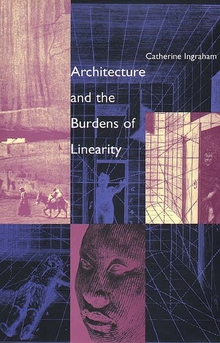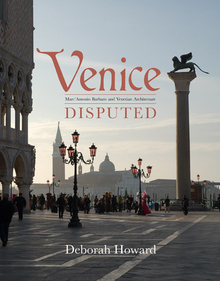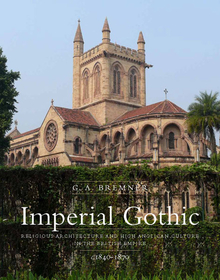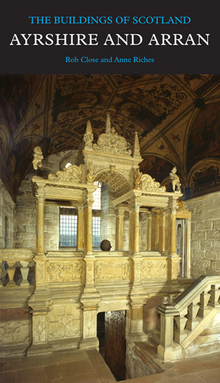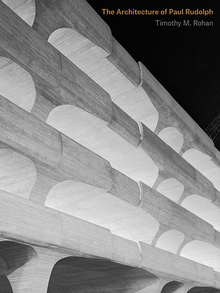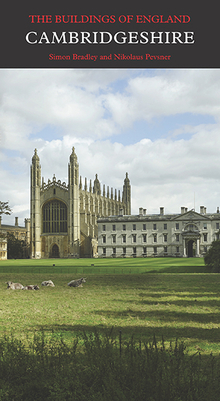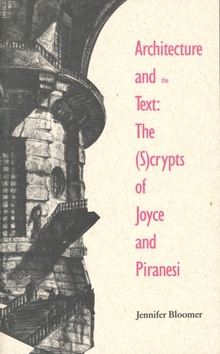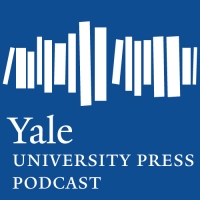Architecture and the Burdens of Linearity
WARNING
You are viewing an older version of the Yalebooks website. Please visit out new website with more updated information and a better user experience: https://www.yalebooks.com
Catherine Ingraham
In this suggestive inquiry into the operations of linearity in architectural theory and practice, Catherine Ingraham investigates the line as both a conceptual and literal force in architecture. She approaches her subject from philosophical, theoretical, practical, and historical points of view, finding the following points of convergence: architecture’s relation to property, politics, and economy; architecture’s relation to propriety and the need to keep things "in line"; and architecture’s relation to the proper name, human identity, object identity, and spatial location and demarcation.
In this engaging discussion, Ingraham considers maps, architectural plans, the laws of geometry, systems of architectural knowledge, and mythologies of architectural origin in work by Le Corbusier, Vitruvius, Alberti, Tafuri, Derrida, Lévi-Strauss, Shakespeare, Lacan, Deleuze, Rilke, and Stendhal. Entering the current complex debates about the relation between theory and practice in architecture, the author also addresses themes in psychoanalytic criticism, poststructural theory, and feminist criticism. Her examination thus moves beyond architecture and its literal structures to the notion of epistemological structure that architecture as a discipline and practice upholds and promotes.
Theoretical Perspectives in Architectural History and Criticism Series
Mark Rakatansky, Editor
In this engaging discussion, Ingraham considers maps, architectural plans, the laws of geometry, systems of architectural knowledge, and mythologies of architectural origin in work by Le Corbusier, Vitruvius, Alberti, Tafuri, Derrida, Lévi-Strauss, Shakespeare, Lacan, Deleuze, Rilke, and Stendhal. Entering the current complex debates about the relation between theory and practice in architecture, the author also addresses themes in psychoanalytic criticism, poststructural theory, and feminist criticism. Her examination thus moves beyond architecture and its literal structures to the notion of epistemological structure that architecture as a discipline and practice upholds and promotes.
Theoretical Perspectives in Architectural History and Criticism Series
Mark Rakatansky, Editor
Catherine Ingraham is associate professor of architecture at Iowa State University and an editor of the journal assemblage.
"Ingraham's book takes the form of a musing speculation on the nature of architecture, or the architectural line, which embraces the themes of ideal geometry, gender and spatiality, and the conflict between stasis and motion in architecture, while making reference to a wide range of mainly philosophical but also literary textual references."—Building Design
ISBN: 9780300071191
Publication Date: March 30, 1998
Publication Date: March 30, 1998
210 pages, 5 5/8 x 9 1/4
34 b/w illus.
34 b/w illus.

